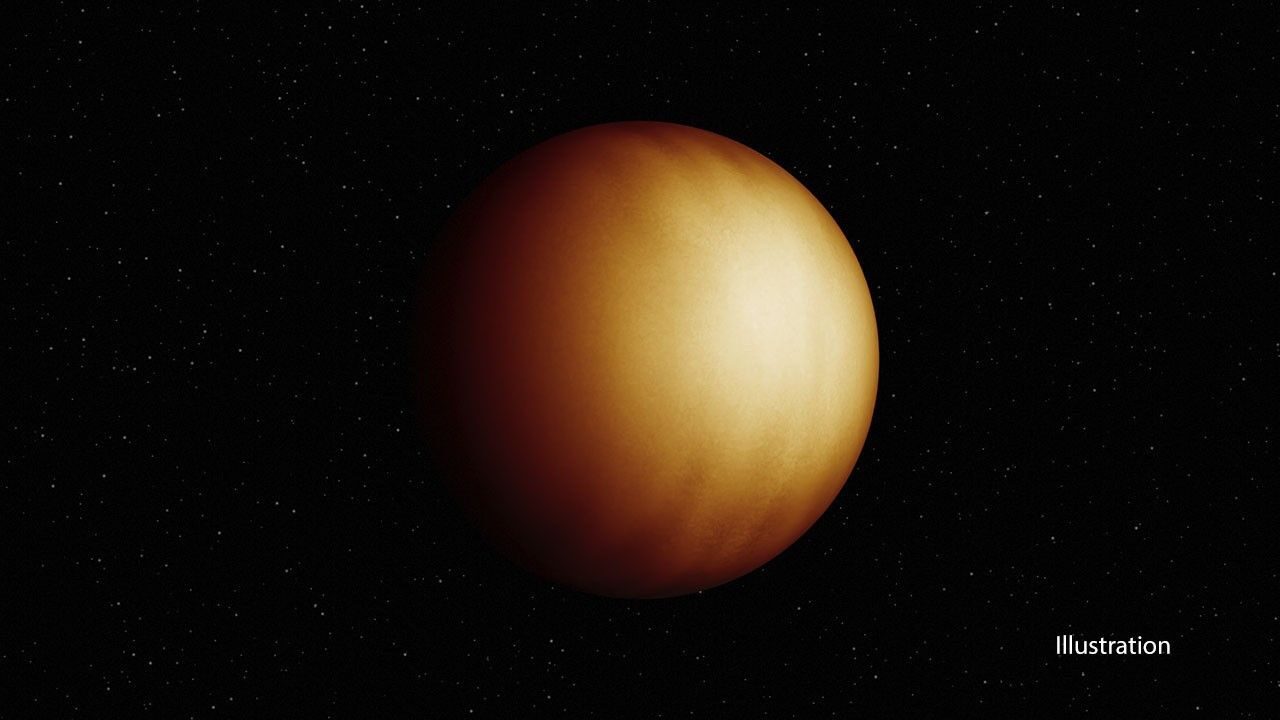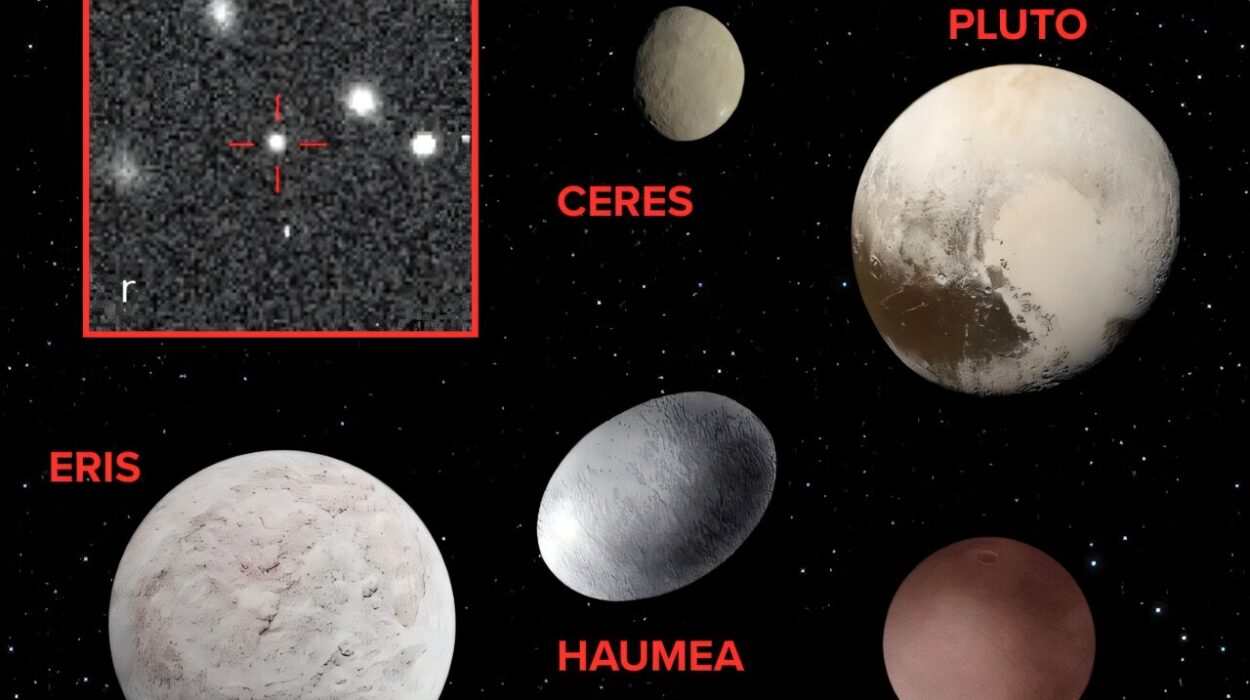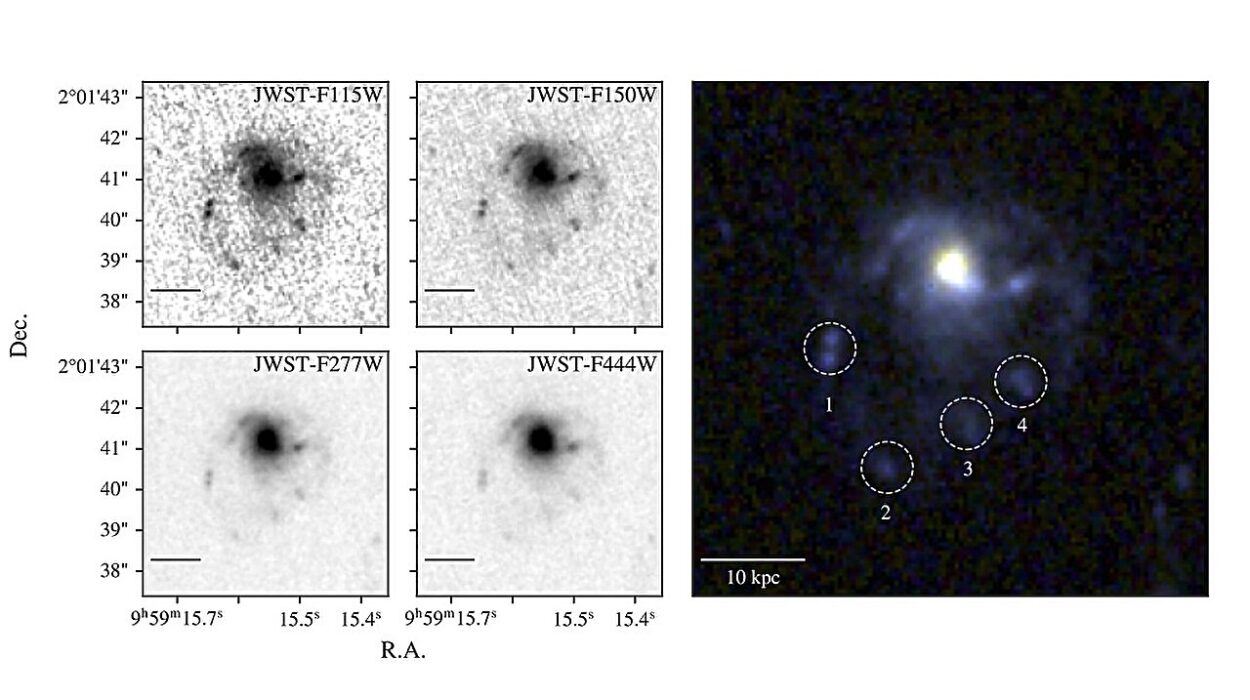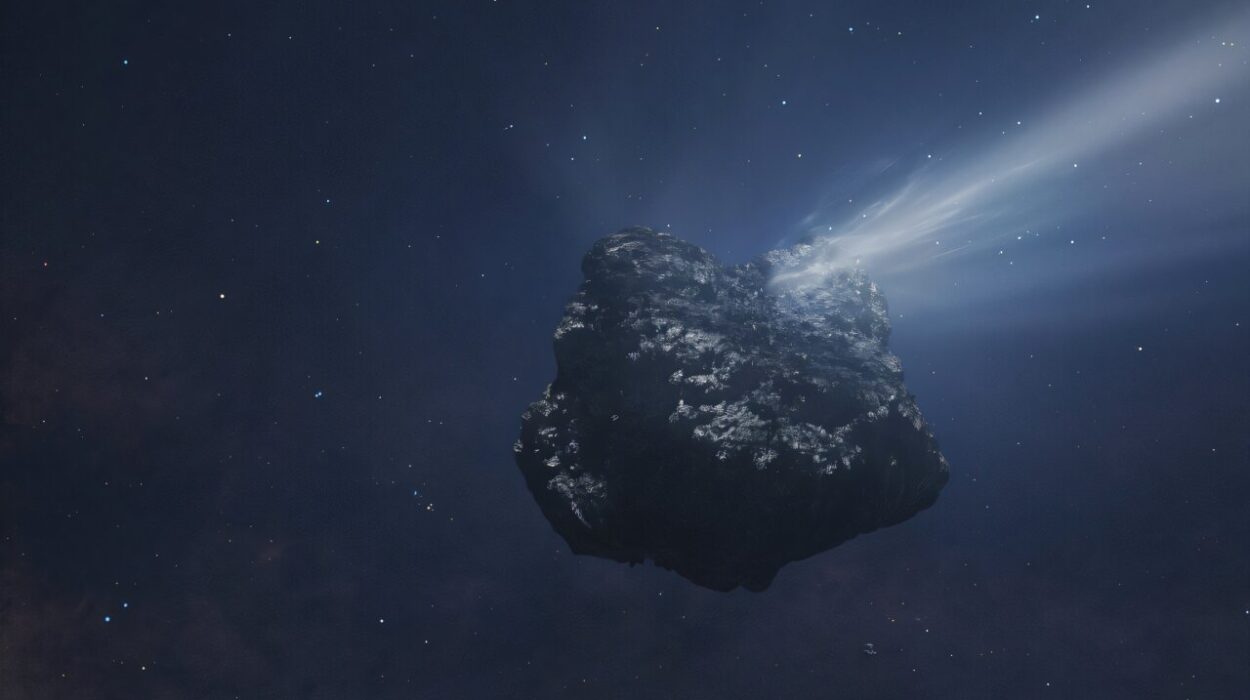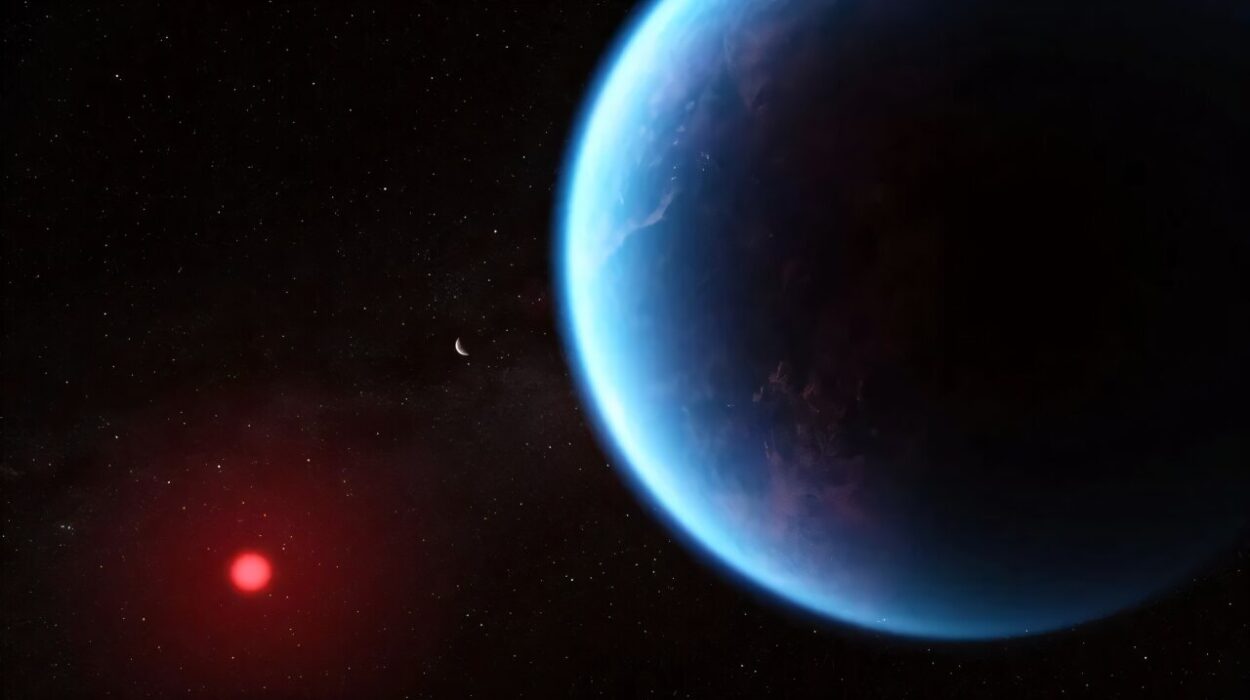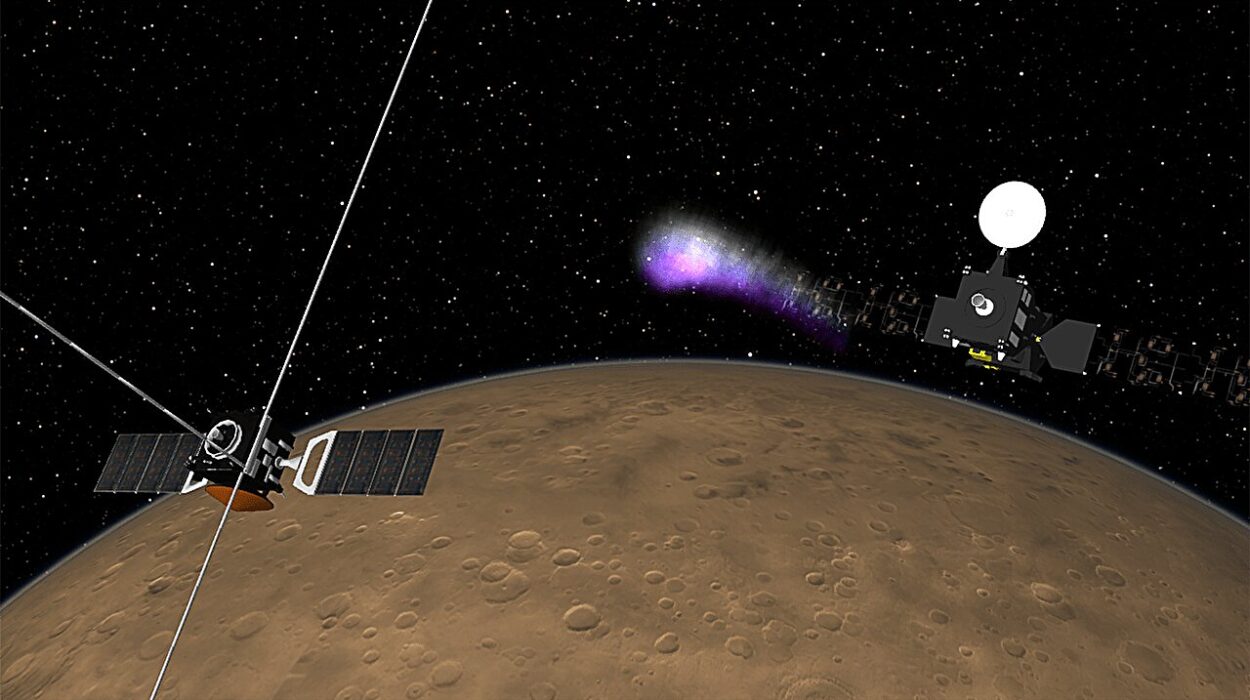Astronomers have crossed a psychological and scientific threshold: for the first time, they have turned an exoplanet from a vague, glowing point into a three-dimensional world with texture — a world with hot and cold zones, with vertical and horizontal variation, with physics that can now be inferred region by region rather than guessed from averages. The planet in question, WASP-18b, is not just another gas giant. It is an “ultra-hot Jupiter,” ten times the mass of our own Jupiter and so tight to its host star that its year lasts just 23 hours. Its dayside atmosphere is a furnace approaching 5,000 degrees Fahrenheit, hot enough to tear apart water molecules. Yet the breakthrough is not the planet itself — it is the seeing.
The work, done with the James Webb Space Telescope (JWST), demonstrates not merely the existence of this blazing world but the ability to turn it into a map — latitude, longitude, and altitude — the first 3D thermal map of an exoplanet ever produced. With this, astronomers are not just detecting exoplanets; they are beginning to observe other solar systems in detail comparable to how Galileo and later astronomers once transformed points of light into belts, storms, and scars on the planets of our own system. The age of exoplanet cartography has begun.
The Leap from 2D to 3D
Only a year ago, a team including Ryan Challener at Cornell showed that eclipse mapping could reconstruct a two-dimensional brightness pattern on WASP-18b. That alone was a leap, achieved by watching the subtle changes in light as the planet slipped behind its star during eclipse. But brightness in a single wavelength produces only a surface-like projection. The new advance is to go to many colors — many wavelengths — each probing a different atmospheric depth, because gases absorb infrared light differently depending on altitude and composition. What was once a temperature smear in two dimensions has now become a layered, volumetric structure.
No telescope — not even JWST — can see WASP-18b directly as a disk. Its star drowns it by orders of magnitude. The trick is timing and patience: record exactly how much light disappears and returns as each small slice of the planet is occulted by the star, and do this across wavelengths. The invisible becomes imaged not by sight but by inference from exquisitely small, patterned flickers. From those flickers, the temperature map is reconstructed in three coordinates — longitude, latitude, altitude — a feat once restricted to planets we could directly resolve through telescopes in our own system.
A Planet with a Broken Water Sky
The resulting map shows a world tidally locked, always showing the same face to its star. At the substellar point — the center of the exposed dayside — lies a searing hotspot where incoming radiation overwhelms winds and circulation. Outside it, the map shows a colder annular region, like a ring of relative chill circling the daylit hemisphere’s edges. But what is scientifically and emotionally jarring is the chemistry inside the hotspot. The 3D map shows that where temperature is highest, water vapor is depleted. The simplest explanation is destruction: water molecules are not merely being moved — they are being broken apart.
Theory long predicted that the most extreme hot Jupiters would cross this threshold, but prediction and confirmation are different emotional experiences in science. Here, one sees — indirectly but robustly — a chemical boundary drawn by heat. A world where water exists not in clouds or vapor but in fragments. A planet too hot to keep a molecule intact.
Exoplanets Enter the Regime of Weather and Physics, Not Guesswork
A decade ago, to speak of “mapping an exoplanet” would have sounded like fantasy. Astronomers could measure bulk density and orbital period, maybe hints of composition. Now, eclipse mapping delivers more than presence; it delivers gradients. It reveals the competition between radiation and atmospheric circulation, between chemistry and energy. Scientists can begin speaking of dynamical structures — not only that a planet has an atmosphere but how it transports heat, where it fails to redistribute energy, how high-temperature chemistry rewrites the sky.
This shift matters because WASP-18b is not an outlier. Hundreds of known hot and ultra-hot Jupiters are bright enough for JWST to analyze with the same method. The first 3D map is less a one-off and more a prototype — a proof of technique. Just as the first resolved image of Jupiter’s bands did not end planetary meteorology but begin it, the first 3D eclipse map signals the start of a phase where exoplanets become not objects but environments.
Seeing What We Cannot See
The astonishment — scientific and philosophical — comes from the fact that nothing in this map was seen directly. The star was too bright, the planet too small. What replaced direct vision was structured inference built from timed light curves, and from them, scientists extracted latitude-specific and altitude-specific temperatures, chemical hints, and circulation behavior. In deep space astronomy, seeing is no longer a purely visual act; it is a reconstruction from physics. Exoplanet atmospheres do not need to be visible to be unveiled.
In this sense, the achievement is about method as much as object. Astronomers have proven that JWST can not only characterize atmospheres but pin down spatial structure within them. The technique now exists and can be repeated and sharpened. More JWST observations will refine WASP-18b’s map and extend the approach to other worlds. Resolution will improve; chemical retrievals will sharpen; atmospheric models will constrain real structures instead of speculating.
Toward a Population-Level 3D Understanding
When dozens or hundreds of exoplanets can be mapped volumetrically, comparison becomes possible. Scientists will be able to ask which ultra-hot giants break water, which redistribute heat efficiently, which exhibit jets or spots or hemispheric dichotomies. The study of exoplanets will begin to resemble comparative meteorology and geophysics — population-level inference anchored in actual mapped variation, not average values.
For the first time, there is a path from knowing that exoplanets exist to knowing how they behave. That conceptual shift moves exoplanets from the edge of imagination closer to the category of worlds — not Earth-like in habitability, but Earth-like in the sense that they can be described in gradients, patterns, processes, and structures.
A Milestone with Consequences
The creation of the first 3D map of an exoplanet atmosphere is a historical moment not because WASP-18b is uniquely important, but because it is no longer opaque. A patch of sky 400 light years away now contains, for the human mind, a volumetric object — configured, measured, differentiated. From a dot of noise in a light curve, a world has been reconstructed.
The long arc of astronomy has always been the same: to turn distant light into knowledge of places. This research extends that arc beyond the solar system. The exoplanet revolution began with detection. It is now entering an era of comprehension. In eclipse mapping, astronomy has acquired a new kind of instrument — not a piece of metal, but a method — capable of doing to other solar systems what telescopes once did to ours: turning unknown worlds into knowable ones.
More information: Horizontal and vertical exoplanet thermal structure from a JWST spectroscopic eclipse map, Nature Astronomy (2025). DOI: 10.1038/s41550-025-02666-9.
